Home>Home Appliances>Cleaning Appliances>What Is The Mass Of A Vacuum Cleaner
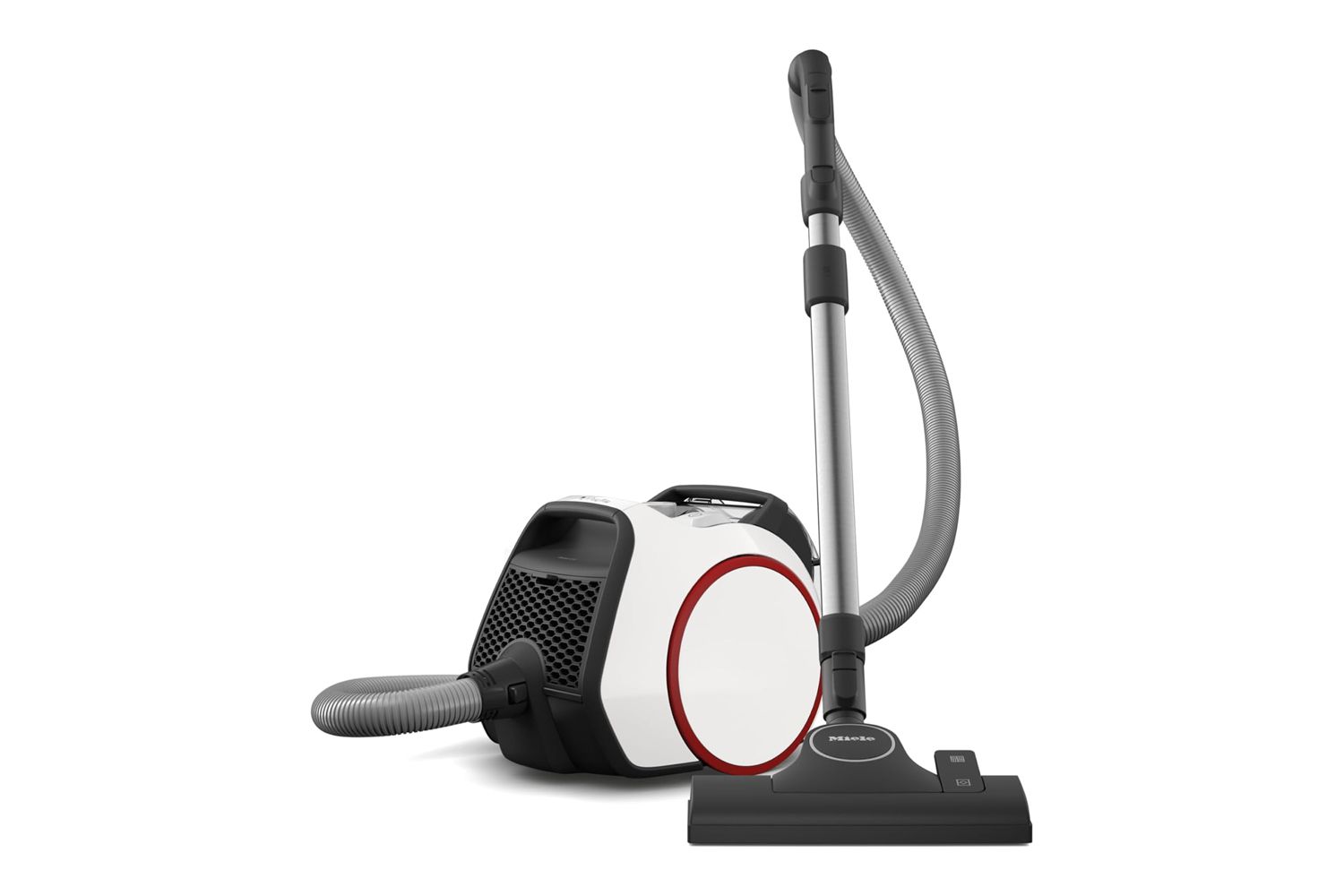

Cleaning Appliances
What Is The Mass Of A Vacuum Cleaner
Modified: January 19, 2024
Discover the mass of a vacuum cleaner and learn how it impacts your cleaning routine. Find out more about cleaning appliances and their weight today.
(Many of the links in this article redirect to a specific reviewed product. Your purchase of these products through affiliate links helps to generate commission for Storables.com, at no extra cost. Learn more)
Introduction
When it comes to keeping our homes clean and tidy, a vacuum cleaner is an indispensable tool. This versatile appliance efficiently removes dust, dirt, and debris from carpets, floors, and other surfaces, contributing to a healthier living environment. However, have you ever wondered about the mass of a vacuum cleaner? Understanding the mass of this household essential can provide insight into its construction, performance, and usability.
In this comprehensive guide, we will delve into the components of a vacuum cleaner, explore the concept of mass and weight, discuss how to measure the mass of a vacuum cleaner, and consider the factors that influence its mass. By the end of this exploration, you will have a deeper understanding of the mass of a vacuum cleaner and its significance in the realm of cleaning appliances. So, let's embark on this enlightening journey to unravel the mysteries behind the mass of a vacuum cleaner.
Key Takeaways:
- The mass of a vacuum cleaner affects its maneuverability and suction power. Understanding the difference between mass and weight helps consumers make informed decisions based on their cleaning needs and physical capabilities.
- Factors such as construction materials, motor power, and advanced technologies influence the mass of vacuum cleaners. Manufacturers strive to balance performance and usability while optimizing the weight of these essential household appliances.
Read more: What Is A Vacuum Cleaner
The Components of a Vacuum Cleaner
Before delving into the intricacies of a vacuum cleaner’s mass, it’s essential to understand its fundamental components. A typical vacuum cleaner comprises several key parts that work in harmony to facilitate efficient cleaning. These components include:
- Motor: At the heart of every vacuum cleaner is its motor, which powers the suction mechanism. The motor generates the necessary airflow to lift dirt and debris from surfaces, ensuring thorough cleaning.
- Suction System: The suction system, often consisting of a fan and various filters, creates the suction force that draws in dirt and dust particles from the floor and other surfaces.
- Dust Canister or Bag: Vacuum cleaners feature a dust canister or bag to collect the debris and dust particles sucked up during cleaning. This component plays a crucial role in maintaining cleanliness and preventing the release of contaminants back into the air.
- Handle and Hose: The handle and hose enable users to maneuver the vacuum cleaner with ease, reaching tight spaces and distant corners for comprehensive cleaning.
- Brush Roll or Beater Bar: Many vacuum cleaners are equipped with a brush roll or beater bar, which agitates carpet fibers to dislodge embedded dirt, ensuring a deeper clean.
- Wheels: To enhance mobility, vacuum cleaners are outfitted with wheels that allow for smooth movement across various floor surfaces.
- Power Cord or Battery: The power cord or battery provides the necessary energy to operate the vacuum cleaner, ensuring uninterrupted cleaning sessions.
- Attachments and Accessories: Vacuum cleaners often come with a range of attachments and accessories, such as crevice tools, upholstery brushes, and extension wands, to cater to diverse cleaning needs.
These components collectively contribute to the functionality and effectiveness of a vacuum cleaner, showcasing the intricate engineering and design that goes into this essential household appliance.
Understanding Mass and Weight
Before we explore the mass of a vacuum cleaner, it’s crucial to grasp the distinction between mass and weight. In the realm of physics, mass refers to the amount of matter present in an object, while weight is the force exerted on an object due to gravity. The mass of an object remains constant regardless of its location, while its weight can vary based on the gravitational pull at different locations.
Mass is typically measured in kilograms (kg) or grams (g), while weight is measured in newtons (N) or pounds (lbs). The relationship between mass and weight is governed by the force of gravity. On Earth, the acceleration due to gravity is approximately 9.81 meters per second squared (m/s^2). As a result, the weight of an object can be calculated using the formula: Weight = Mass x Acceleration due to Gravity.
When considering the mass of a vacuum cleaner, we are primarily focused on the amount of material used in its construction, including the plastic, metal, and other components that contribute to its overall weight. The mass of a vacuum cleaner plays a crucial role in its maneuverability, portability, and ease of use. Understanding the mass of this appliance is essential for consumers and manufacturers alike, as it directly impacts the handling, storage, and transportation of the vacuum cleaner.
Moreover, the mass of a vacuum cleaner influences its stability and balance during operation. Heavier models may provide greater suction power and sturdier construction, while lighter models offer enhanced maneuverability and ease of lifting. By comprehending the mass of a vacuum cleaner, consumers can make informed decisions based on their specific cleaning requirements and physical capabilities.
As we navigate the realm of vacuum cleaners and their mass, it’s important to keep in mind the fundamental principles of mass and weight, shedding light on the physics behind these concepts and their relevance to the design and functionality of cleaning appliances.
The mass of a vacuum cleaner can vary depending on the model and size. To find the mass, you can use a scale to weigh the vacuum cleaner. Make sure to remove any attachments or accessories before weighing.
Measuring the Mass of a Vacuum Cleaner
When it comes to determining the mass of a vacuum cleaner, precision and accuracy are paramount. Manufacturers utilize advanced weighing techniques and equipment to measure the mass of their products during the production process. This involves employing calibrated scales and specialized tools to ascertain the exact mass of each component and the assembled vacuum cleaner.
For consumers, understanding the mass of a vacuum cleaner can be beneficial in several ways. When purchasing a vacuum cleaner, the listed weight on the product specifications provides insight into its portability and maneuverability. Lighter vacuum cleaners are easier to carry up and down stairs, maneuver around furniture, and store in compact spaces. On the other hand, heavier vacuum cleaners may offer enhanced stability and durability, catering to specific cleaning needs and preferences.
Measuring the mass of a vacuum cleaner at home can be accomplished using a household scale. By placing the vacuum cleaner on the scale and recording the weight displayed, users can obtain an approximation of its mass. It’s important to note that the mass of the vacuum cleaner includes not only its body but also any attachments, accessories, and additional components that contribute to its overall weight.
Furthermore, the mass of a vacuum cleaner is a critical consideration for professional cleaners and maintenance personnel. Understanding the mass of different vacuum cleaner models allows for informed decision-making when selecting equipment for commercial or industrial cleaning settings. Factors such as ease of transport, storage requirements, and the physical strain of handling the vacuum cleaner play a pivotal role in the selection process.
As the demand for lightweight and compact cleaning appliances continues to grow, manufacturers are constantly innovating to reduce the mass of vacuum cleaners without compromising their performance and durability. This emphasis on optimizing mass contributes to the development of ergonomic, user-friendly designs that cater to the diverse needs of consumers and cleaning professionals.
In summary, measuring the mass of a vacuum cleaner involves precision engineering, consumer considerations, and industry innovations, all converging to enhance the usability and effectiveness of this essential household appliance.
Factors Affecting the Mass of a Vacuum Cleaner
The mass of a vacuum cleaner is influenced by a variety of factors, each contributing to the overall weight and handling characteristics of the appliance. Understanding these factors provides valuable insight into the design, performance, and usability of vacuum cleaners. Some key elements affecting the mass of a vacuum cleaner include:
- Construction Materials: The materials used in the construction of a vacuum cleaner significantly impact its mass. Lightweight materials such as high-grade plastics and aluminum alloys contribute to a reduction in overall weight, enhancing maneuverability and portability.
- Motor Power and Size: The motor of a vacuum cleaner plays a crucial role in its suction capabilities. Higher-powered motors and larger components may increase the mass of the appliance, particularly in upright and canister models designed for heavy-duty cleaning tasks.
- Dust Collection System: The type of dust collection system employed in a vacuum cleaner, whether it’s a bagged or bagless design, can affect its mass. Bagless models may incorporate additional components for cyclonic separation and dust containment, influencing the overall weight of the appliance.
- Attachments and Accessories: The inclusion of various attachments and accessories, such as specialized cleaning heads, extension wands, and upholstery tools, contributes to the total mass of the vacuum cleaner. These components enhance the versatility and functionality of the appliance but may add to its overall weight.
- Battery Technology (for Cordless Models): In the case of cordless vacuum cleaners, the type and capacity of the battery significantly impact the mass of the appliance. Advancements in battery technology have led to the development of lightweight, high-capacity batteries that minimize the overall weight of cordless vacuum cleaners.
- Enhanced Features and Technologies: Innovative features such as HEPA filtration, brushless motor technology, and smart cleaning functionalities contribute to the mass of modern vacuum cleaners. These advanced technologies are designed to improve air quality, energy efficiency, and cleaning performance.
Manufacturers carefully consider these factors when designing and engineering vacuum cleaners to meet the diverse needs of consumers. Balancing performance, durability, and usability while optimizing the mass of the appliance is a key consideration in the development of cutting-edge cleaning technology.
By understanding the factors influencing the mass of a vacuum cleaner, consumers can make informed decisions based on their specific cleaning requirements, physical capabilities, and preferences. Whether prioritizing lightweight maneuverability or robust suction power, the interplay of these factors shapes the evolution of vacuum cleaners, offering a wide array of options to suit individual cleaning needs.
Read more: What Is A Robot Vacuum Cleaner
Conclusion
Exploring the mass of a vacuum cleaner unveils the intricate interplay of design, materials, and functionality that shape this essential household appliance. The components of a vacuum cleaner, including the motor, suction system, dust collection mechanism, and various attachments, collectively contribute to its mass and overall performance. Understanding the distinction between mass and weight provides valuable insights into the physics behind cleaning appliances and their relevance to everyday use.
Measuring the mass of a vacuum cleaner, whether through advanced manufacturing processes or household scales, offers consumers and professionals essential information regarding portability, maneuverability, and handling characteristics. The factors affecting the mass of a vacuum cleaner, such as construction materials, motor power, dust collection systems, and advanced technologies, underscore the dynamic nature of cleaning appliance design and innovation.
As the demand for efficient, user-friendly cleaning solutions continues to grow, manufacturers strive to optimize the mass of vacuum cleaners without compromising performance and durability. This emphasis on lightweight, ergonomic designs ensures that consumers have a diverse range of options to cater to their specific cleaning needs and preferences.
In essence, the mass of a vacuum cleaner is not merely a numerical value but a reflection of meticulous engineering, user-centric design, and technological advancements. By gaining a deeper understanding of the mass of this indispensable appliance, consumers and industry professionals alike can make informed decisions, ensuring a cleaner, healthier living environment and a seamless cleaning experience.
As we navigate the realm of vacuum cleaners and their mass, let us appreciate the convergence of science, innovation, and practicality that continues to shape the evolution of these essential household tools, enriching our homes and lives with cleanliness and convenience.
Frequently Asked Questions about What Is The Mass Of A Vacuum Cleaner
Was this page helpful?
At Storables.com, we guarantee accurate and reliable information. Our content, validated by Expert Board Contributors, is crafted following stringent Editorial Policies. We're committed to providing you with well-researched, expert-backed insights for all your informational needs.

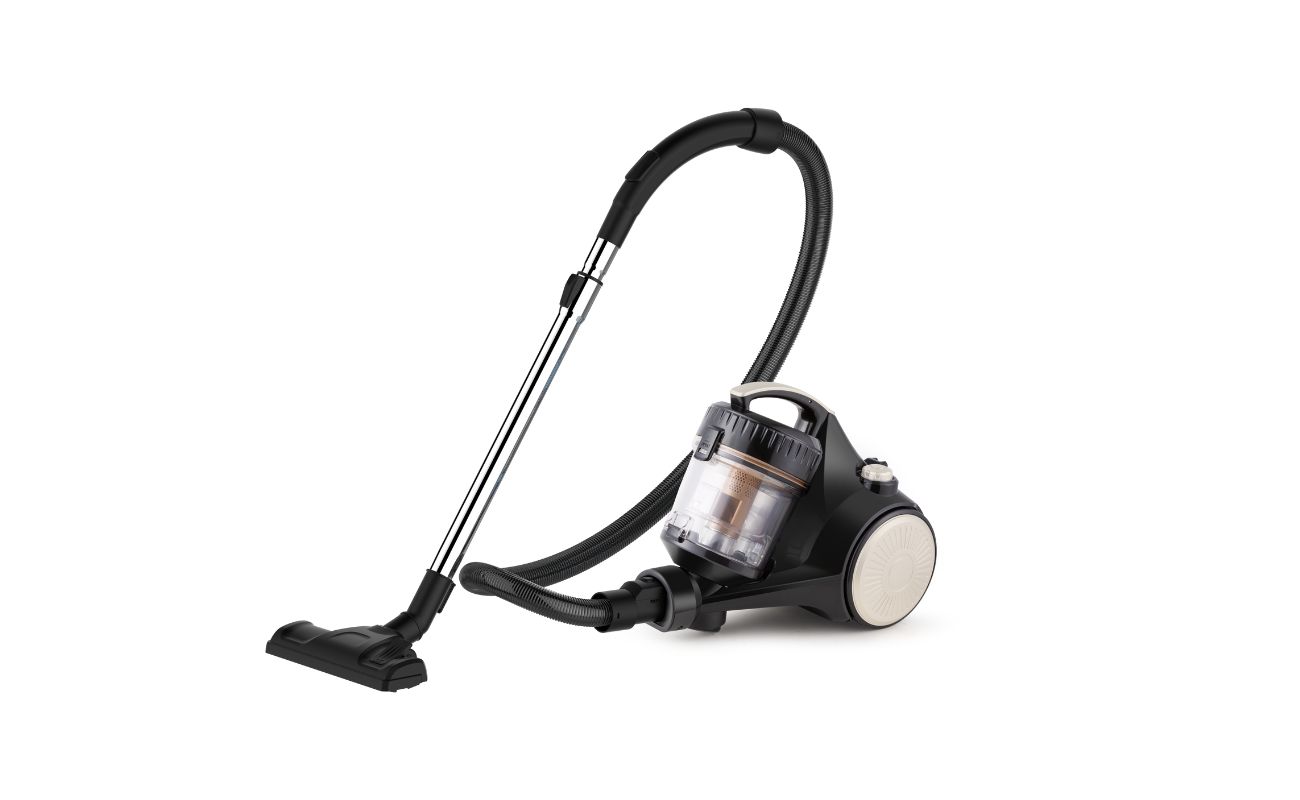

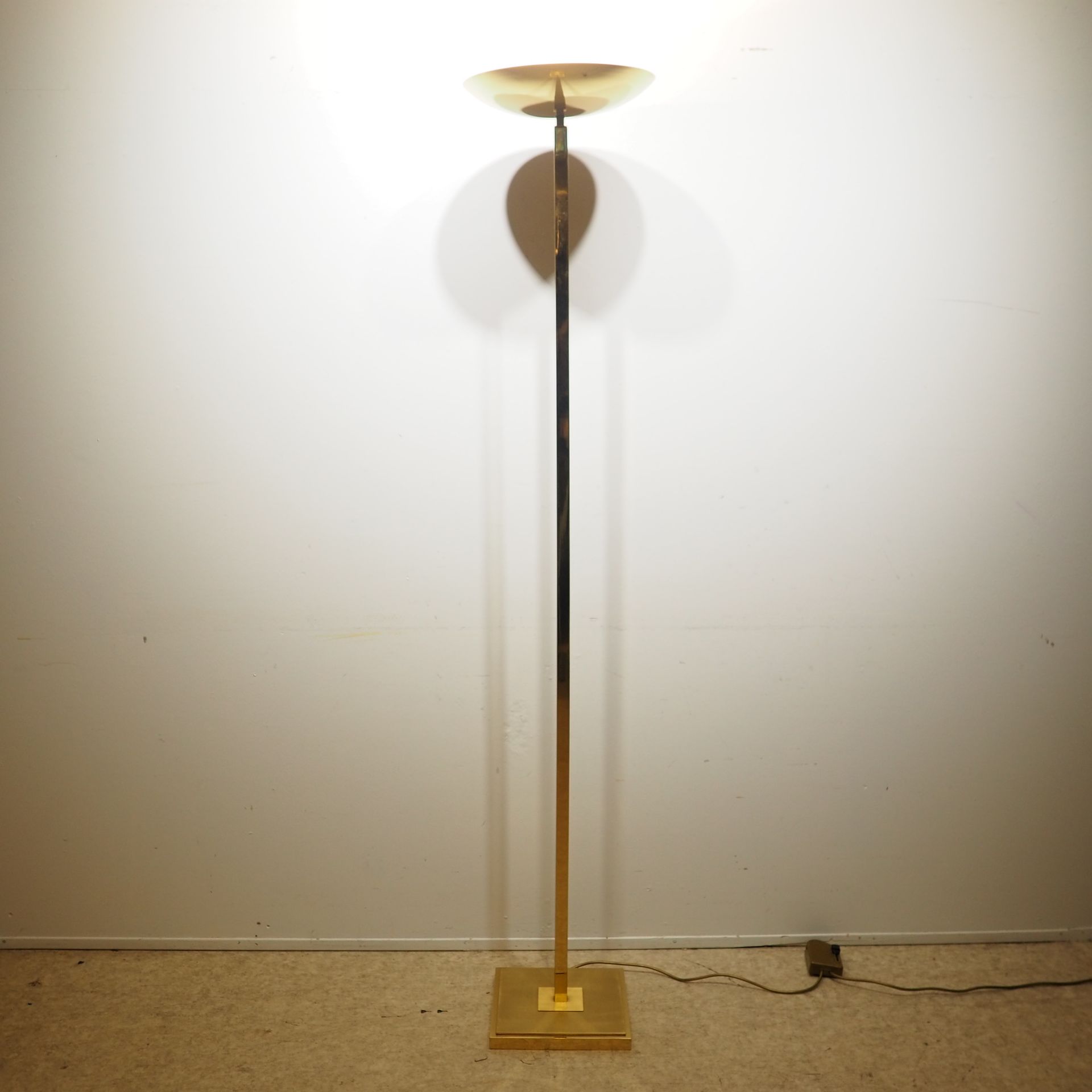
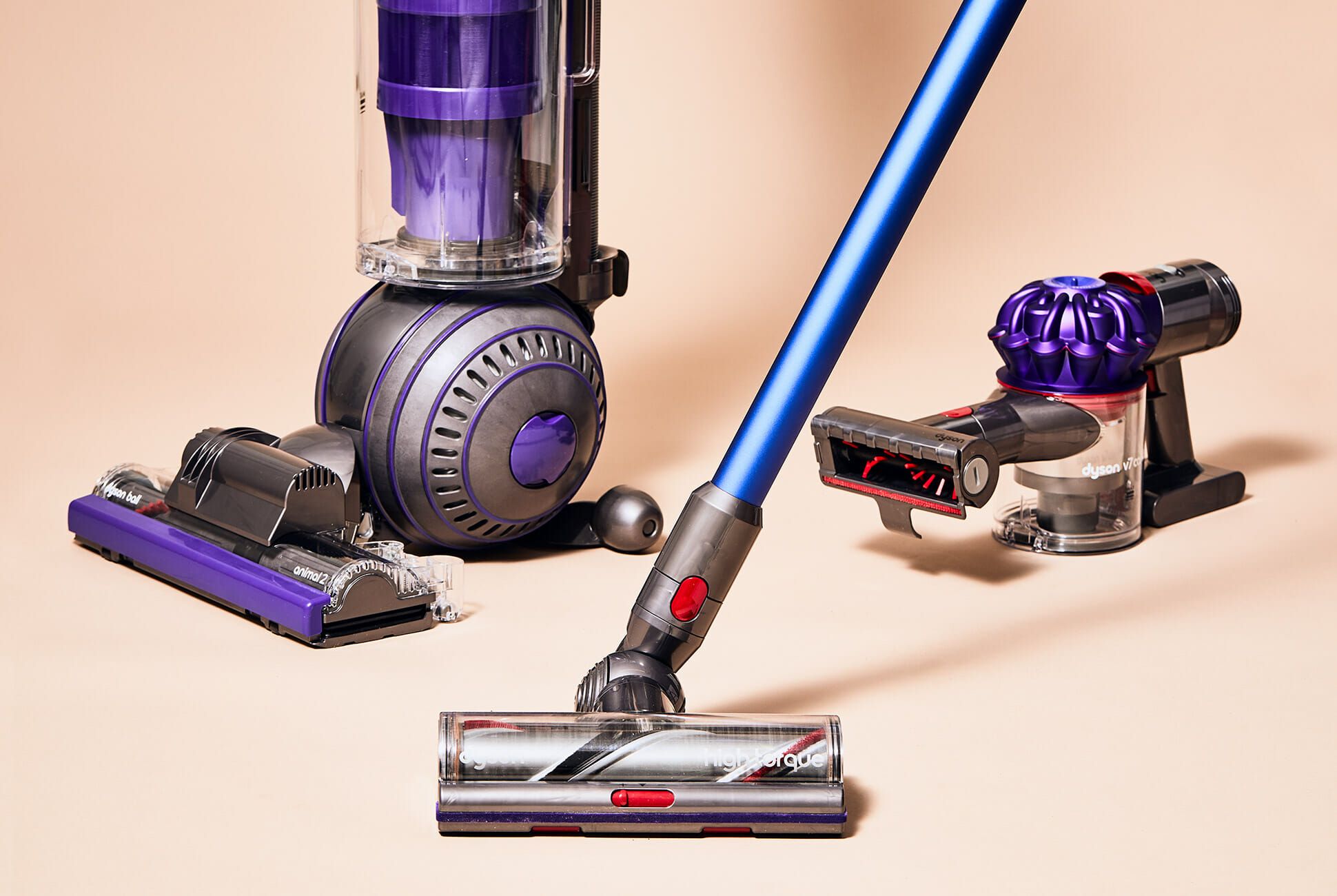
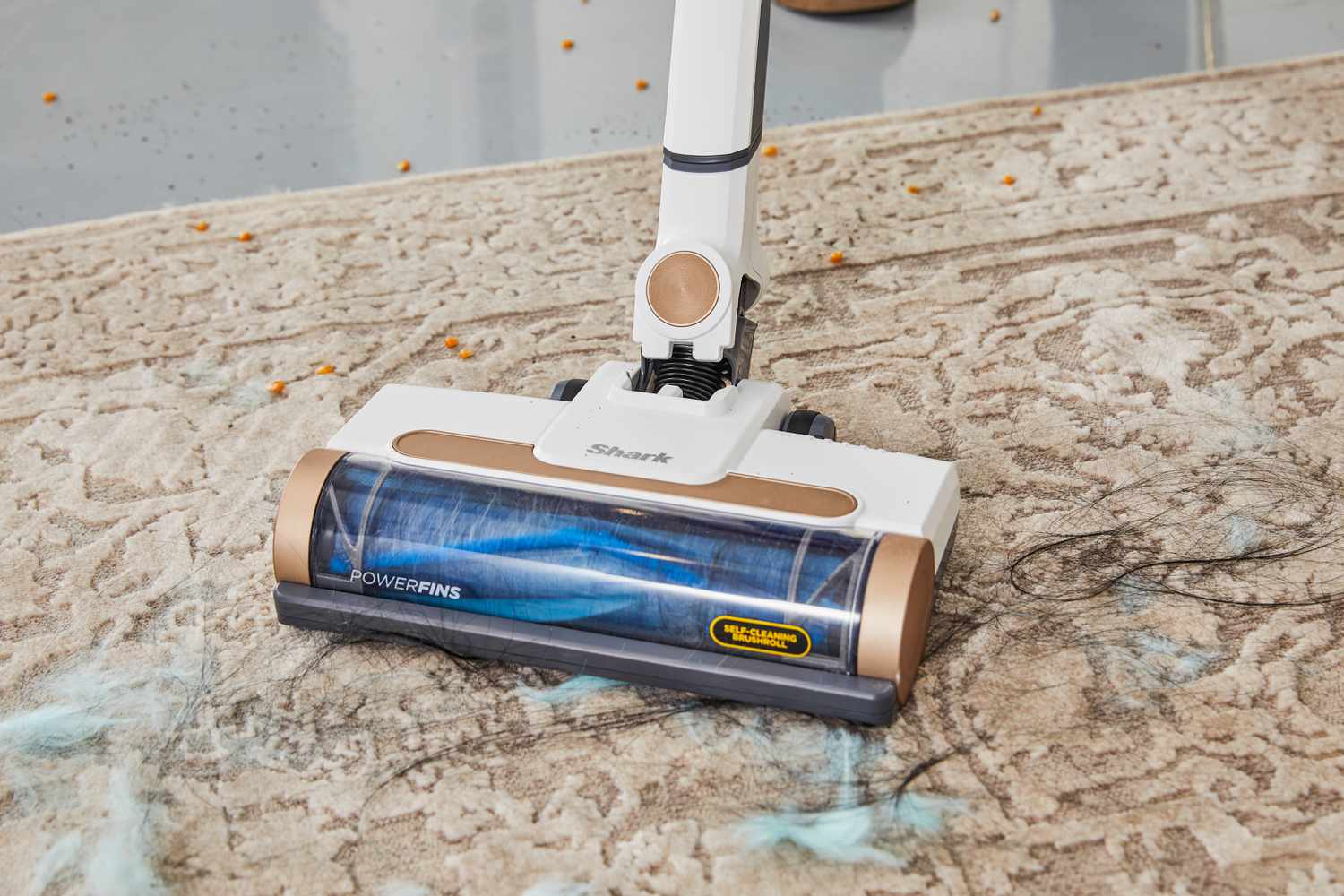
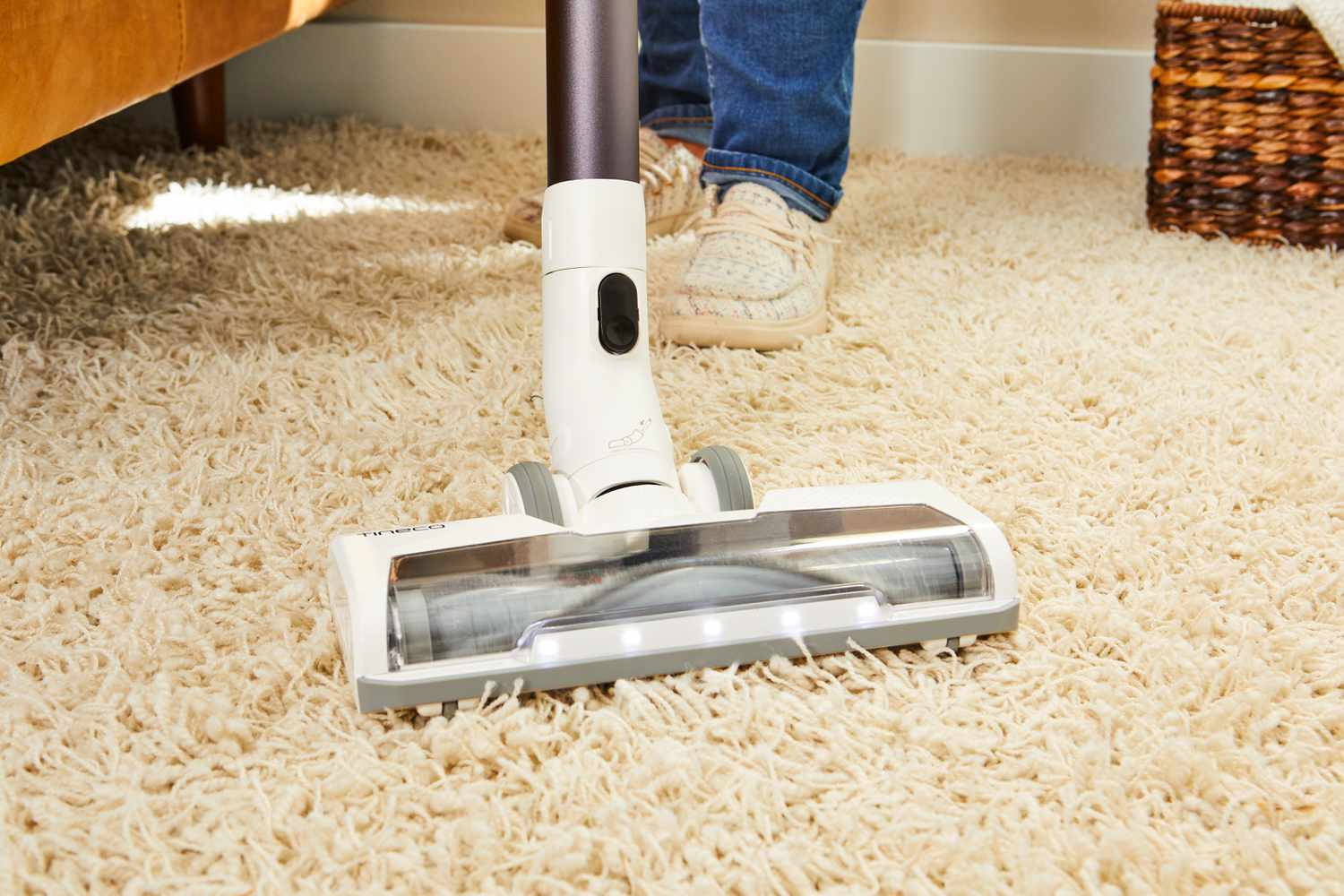
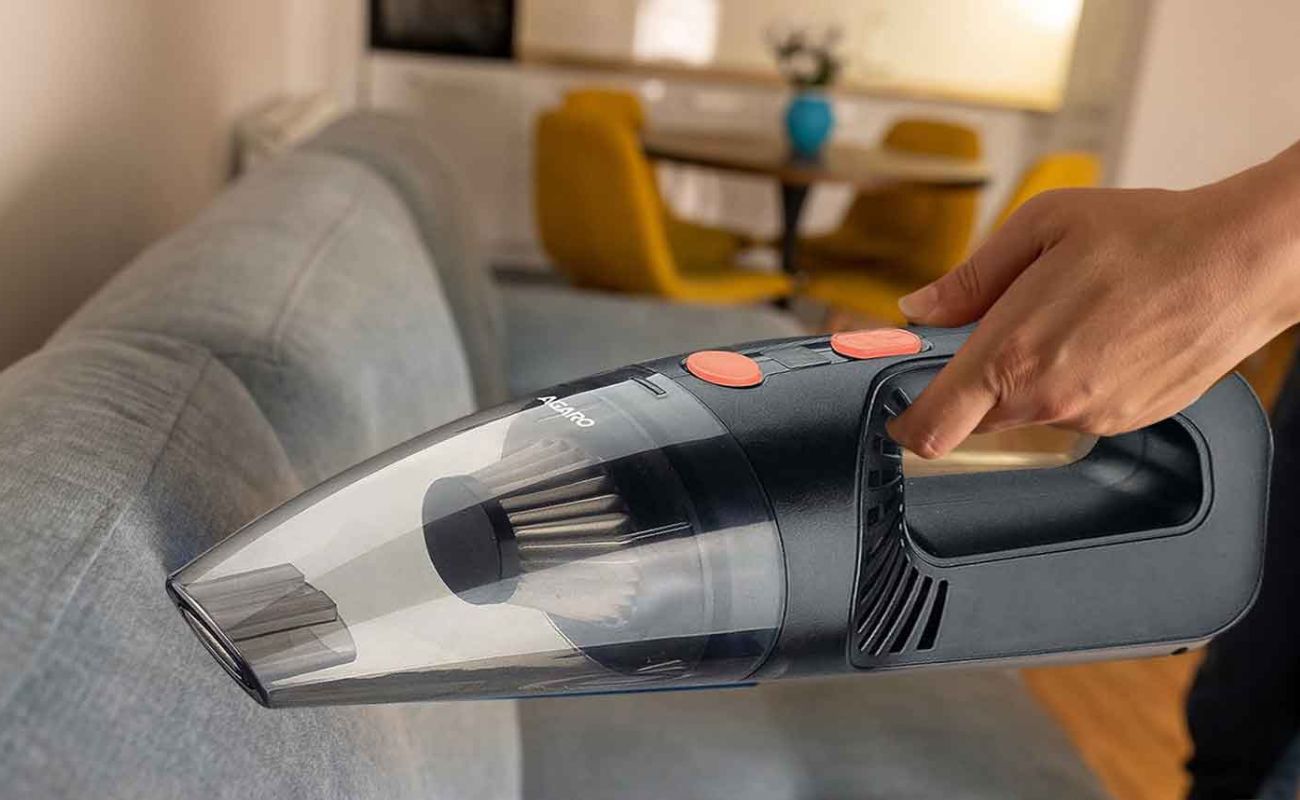
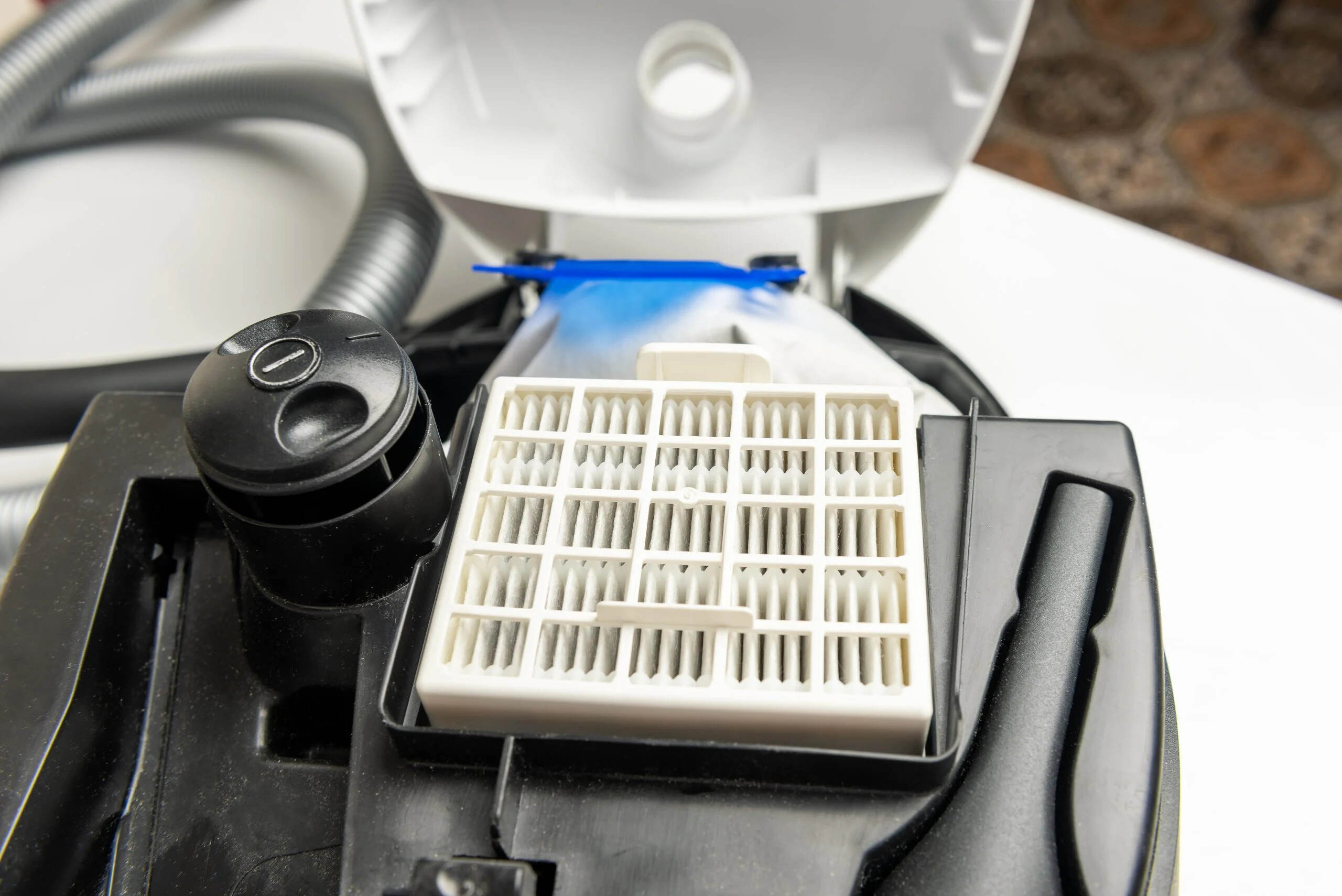

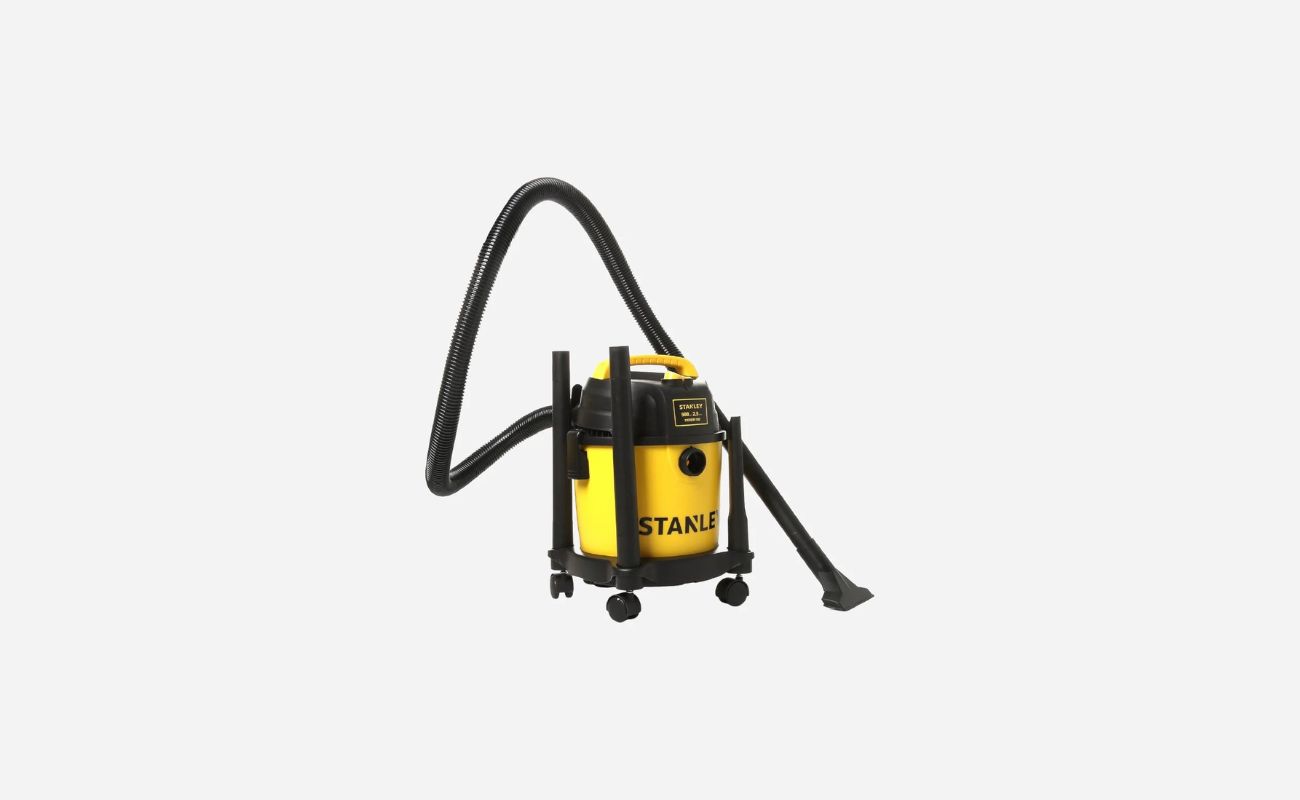
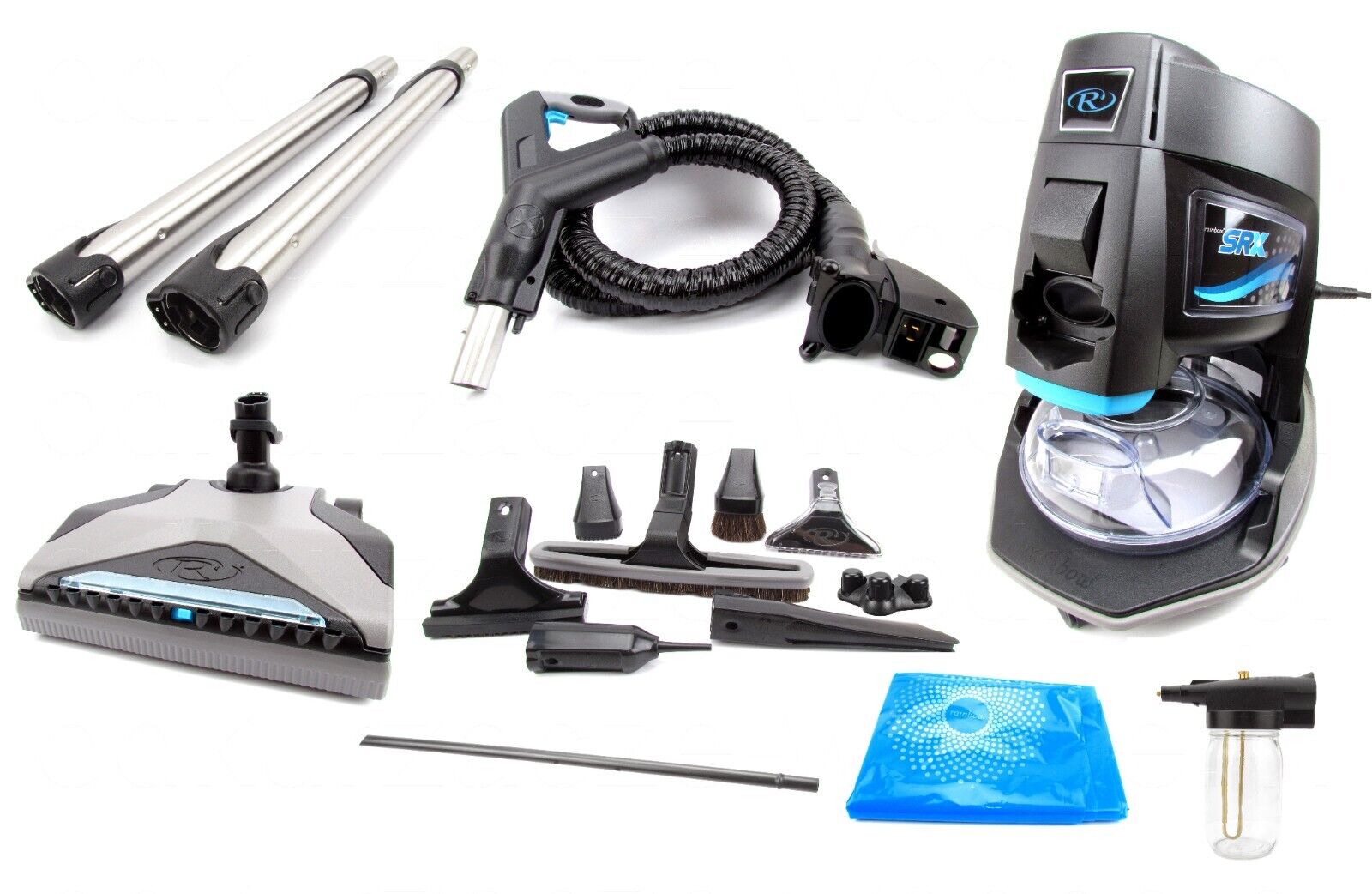
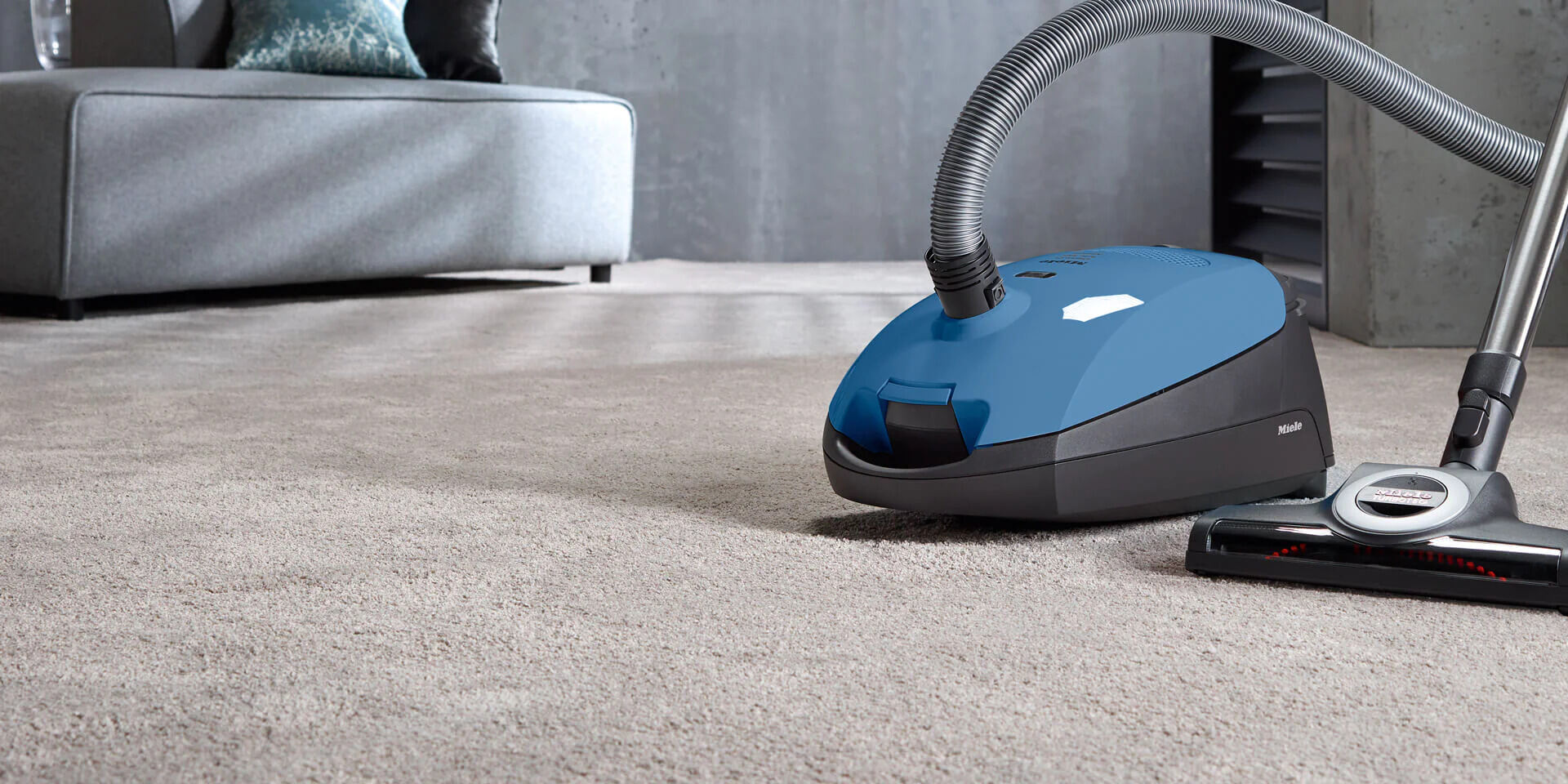
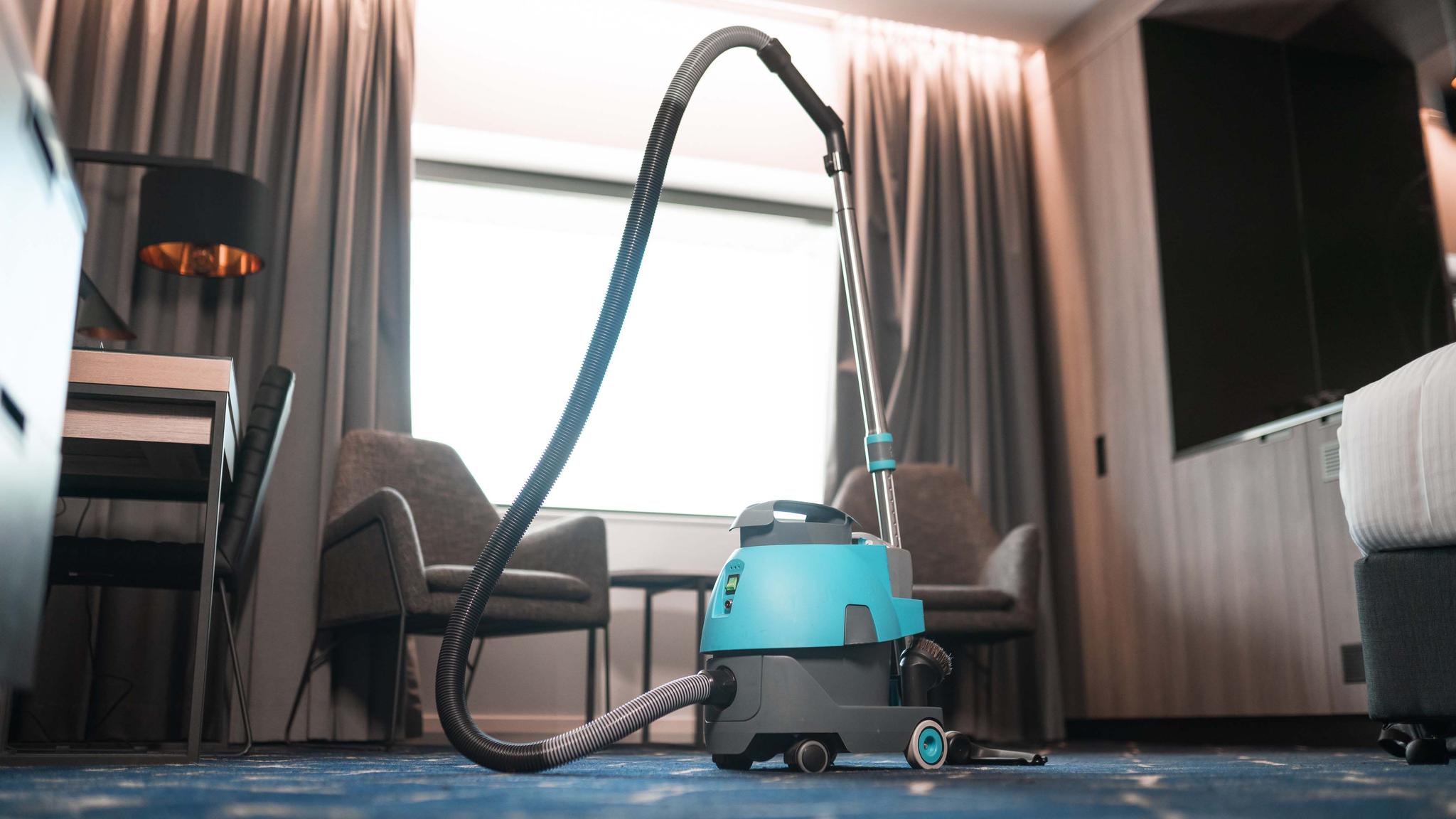

0 thoughts on “What Is The Mass Of A Vacuum Cleaner”